Hey there, fellow garden enthusiasts! I’ve been growing different types of sage for over a decade, and let me tell you – yellow-flowering sages are absolute showstoppers Today, I’m gonna share everything I know about these sunny beauties that’ll make your garden pop with color
Most Popular Yellow-Flowering Sages
1. Forsythia Sage (Salvia madrensis)
This is my personal favorite! Also known as Big Yellow Sage or Churro Sage it’s a real stunner with
- Height: 2-3 feet
- Width: 5-8 feet
- Flowering time: October
- Growing conditions: Part sun/shade
- Water needs: Medium
The coolest thing about Forsythia Sage? Those big yellow flower panicles look just like forsythia blooms! Plus, there’s this awesome variety called “Red Neck Girl” that has these striking red stems
2. Jerusalem Sage (Phlomis fruticosa)
This isn’t your typical sage, but wow, does it make a statement:
- Soft, woolly leaves
- Bright yellow blooms
- Height: 3-4 feet
- Flowering: Late spring through early summer
- Great for: Herb gardens, containers, and raised planters
3. Japanese Yellow Sage (Salvia koyamae)
This rare beauty is a hummingbird magnet! Key features:
- Blooming season: August-October
- Height: 1.5-9 inches
- Width: 2-3 feet
- Growing conditions: Part to full shade
- Unique characteristic: Fuzzy, arrow-shaped leaves
Growing Tips for Yellow Sage Plants
I’ve learned some tricks over the years to keep these plants happy:
- Sunlight Requirements
- Most yellow sages prefer morning sun
- Protect from harsh afternoon sun
- Forsythia sage does best in partial shade
- Soil Conditions
- Well-draining soil is crucial
- Works in:
- Sandy soil
- Clay soil
- Well-draining garden soil
- Watering Tips
Weekly watering schedule:- New plants: 2-3 times- Established plants: Once- During drought: Every 2 weeks- Maintenance
- Prune after freezes
- Cut back to control spread
- Remove dead flowers to encourage blooming
Common Problems & Solutions
Here’s what I’ve run into and how to fix it:
- Spreading Too Much
- Solution: Regular pruning
- Tip: Plant in contained areas
- Poor Blooming
- Cause: Usually wrong light conditions
- Fix: Adjust plant location
- Winter Protection
- Mulch around base
- Cut back before frost
- Consider container growing in cold zones
Companion Planting Ideas
These plants look amazing with:
- Turk’s cap
- Tropical sage
- Lantana (especially yellow or orange varieties)
- Native perennials
My Personal Experience
Last year, I planted Forsythia sage near my patio, and lemme tell you – it was a game changer! The yellow blooms literally lit up the whole space in October when everything else was starting to fade. Just remember to give it room to spread – I learned that the hard way when it took over my herb garden!
Sage plants with yellow flowers are so much fun to grow! They’re tough, don’t need much care, and add a beautiful splash of color to your garden. No matter how much you know about gardening, these plants will make you look like a pro.
Got questions about growing yellow sage? Drop ’em in the comments below – I’d love to help you out! And don’t forget to share your own experiences with these awesome plants.
Happy gardening, y’all!
Note: Some varieties might not be available in all regions. Check with your local garden center for what grows best in your area.
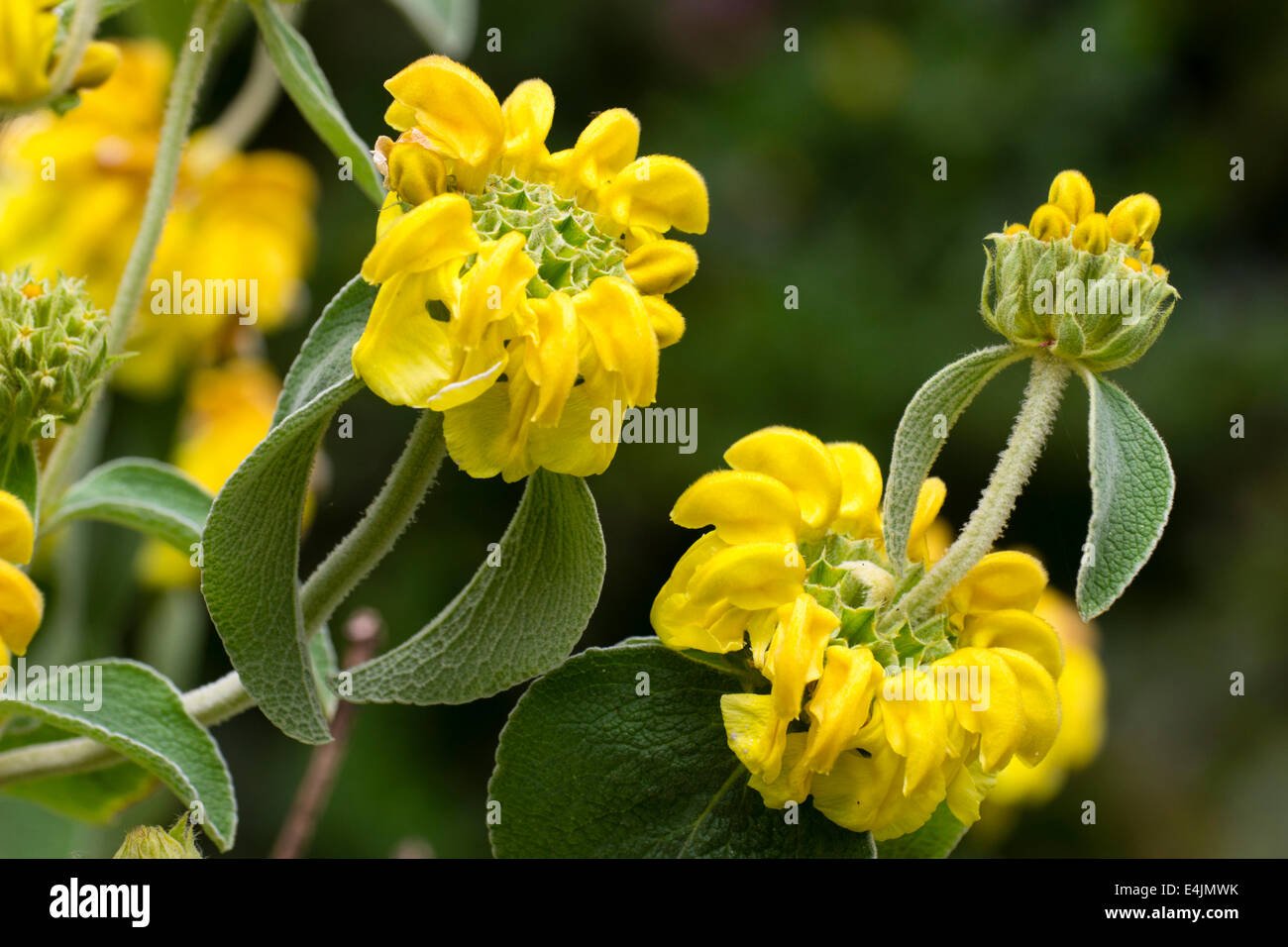
Latest from Wisconsin Yard & Garden
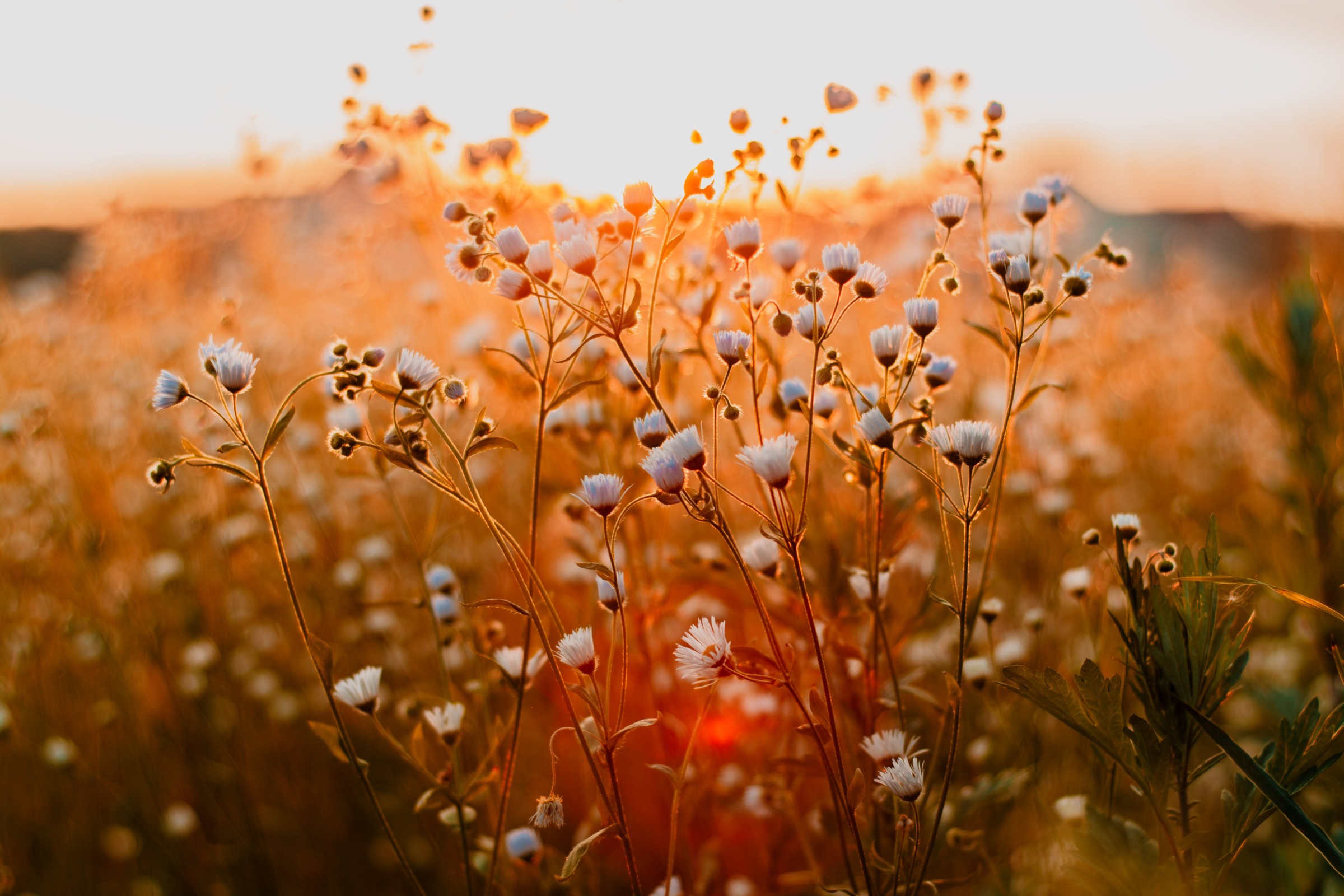
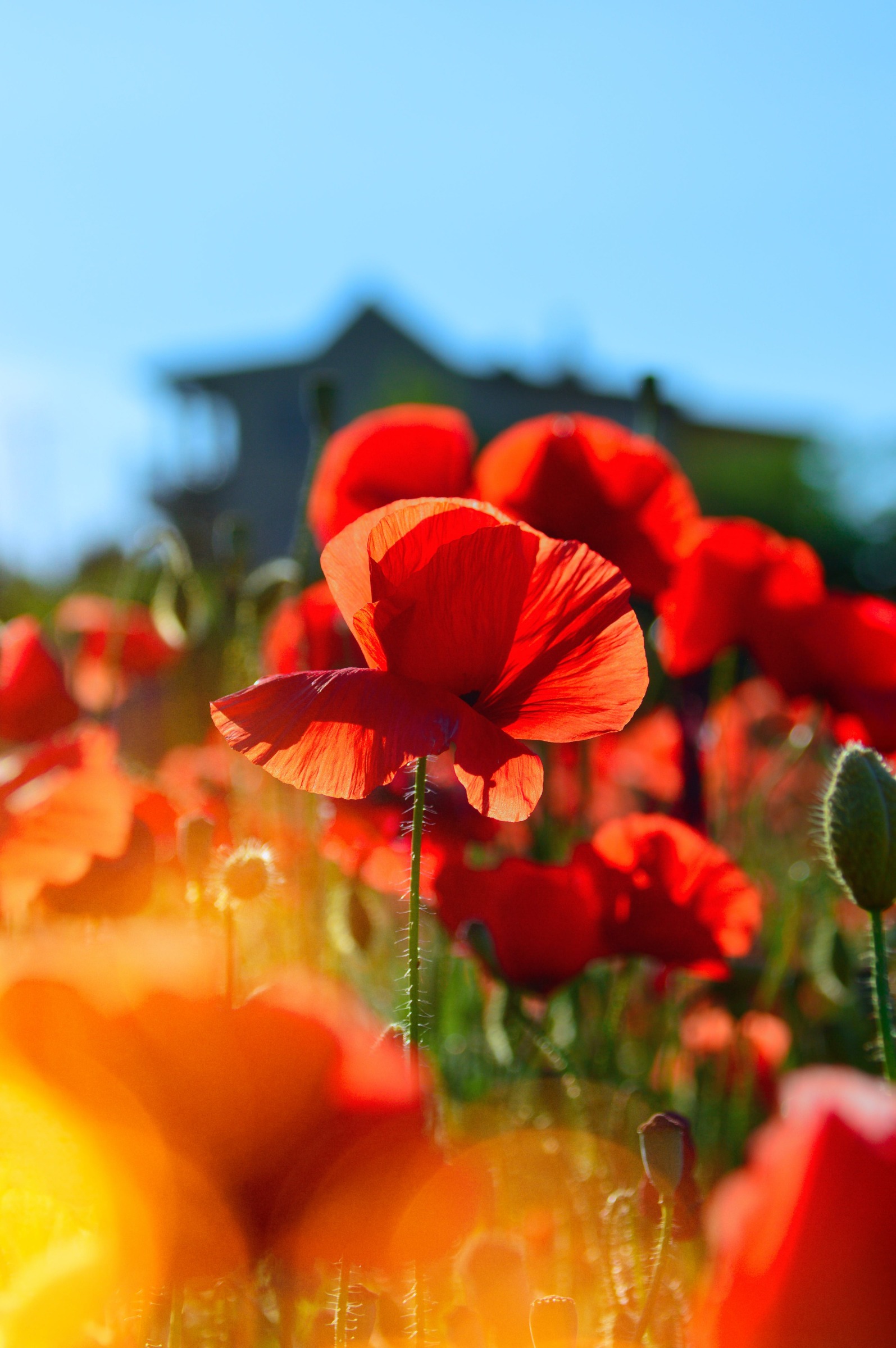
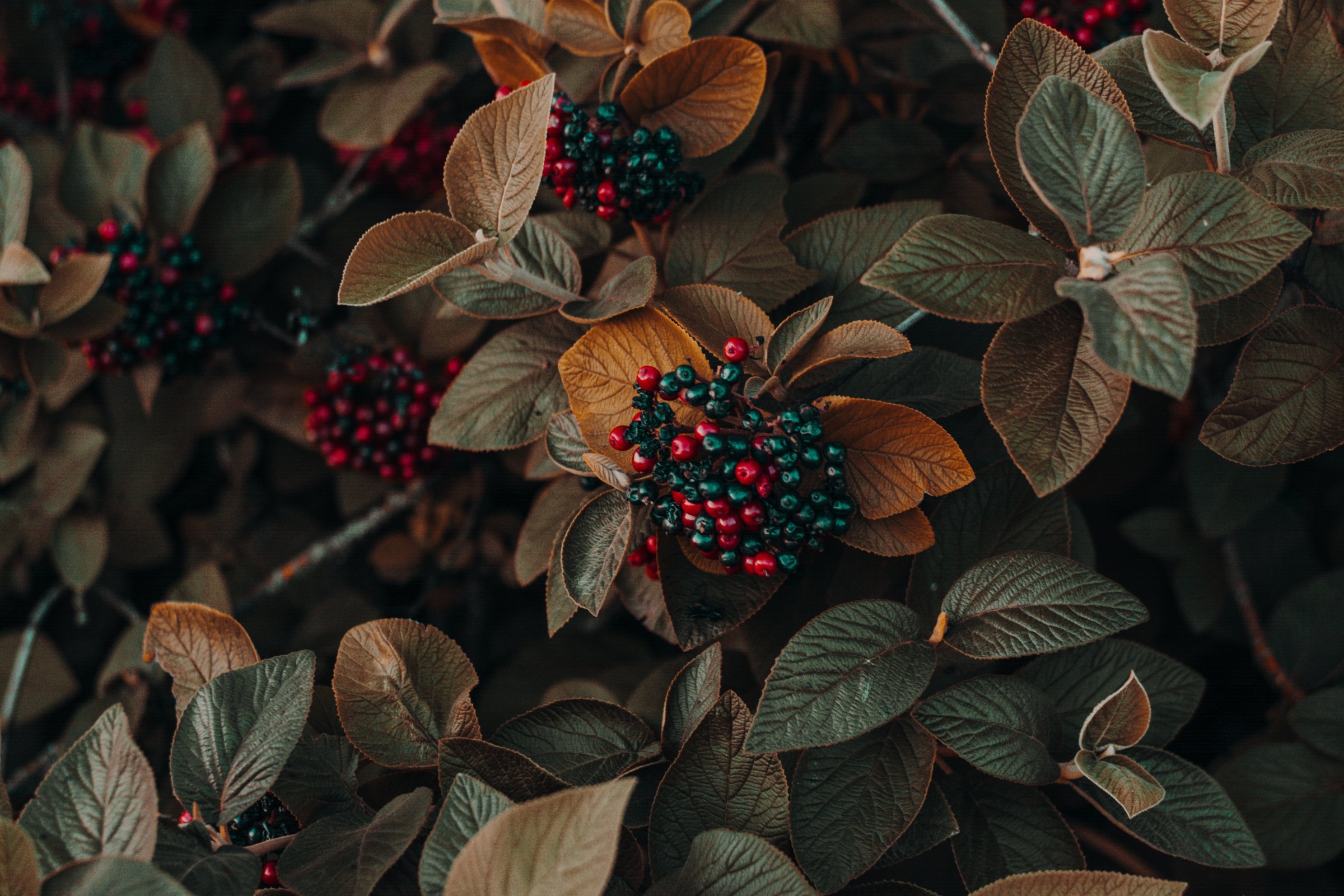
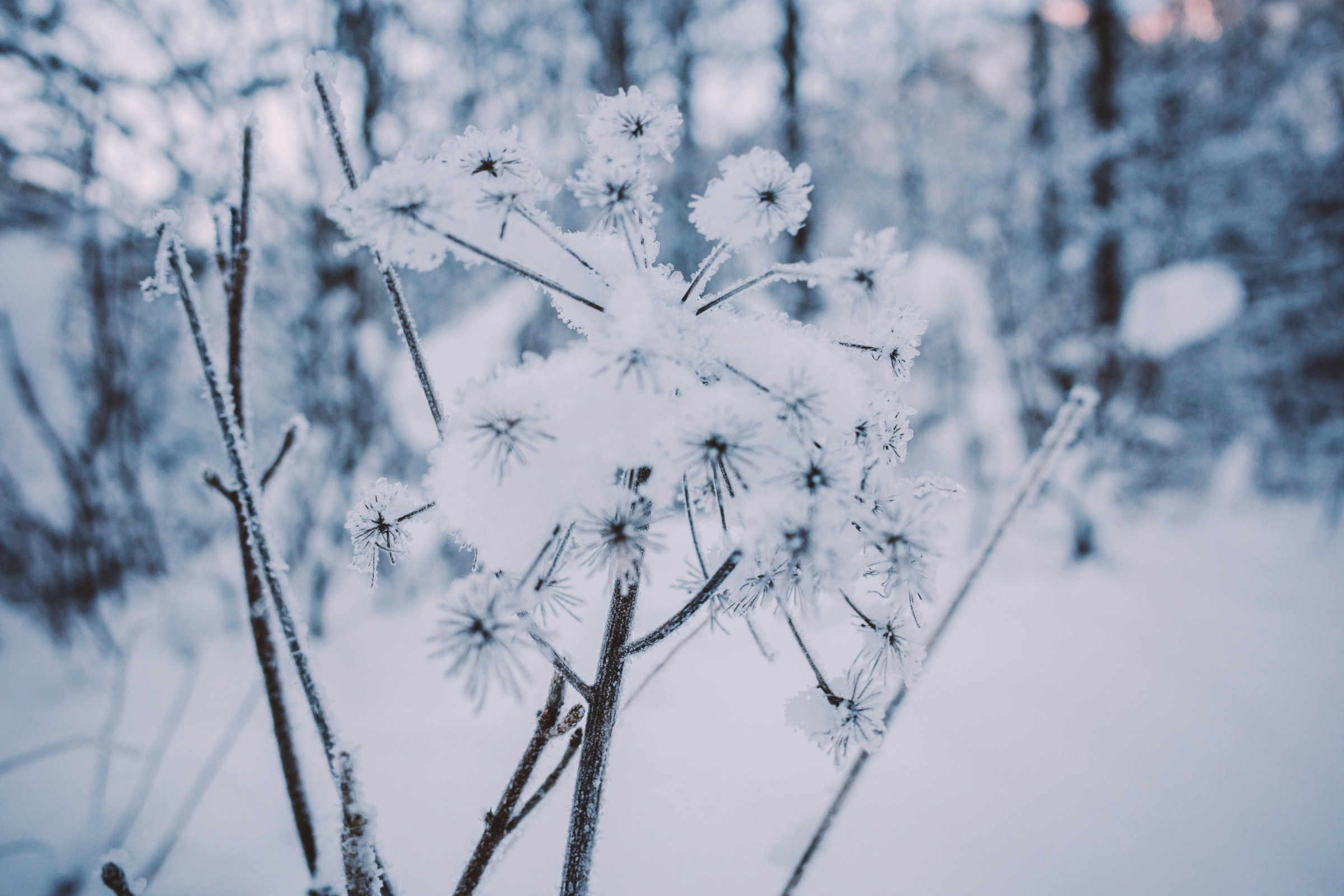
Ask Your Gardening Question
If you’re unable to find the information you need, please submit your gardening question here:
Texas Native Texas Sage! | Texas Garden Guy Plant of the Week Ep. 101
FAQ
Does sage have yellow flowers?
Common sage blooms in early summer. The camphor-scented, bluish-lavender to pink-lavender flowers are borne in whorls on short, upright flower spikes.
Should you let sage plants flower?
Leave the flowers be. Not only are they pretty (and edible), but they won’t affect the flavour or medicinal virtues of the leaves. It’s just the right time for the flowers to appear, nothing more.
What does white sage with yellow flowers mean?
Yellow Sinuata Flowers with White Sage Smudge Stick. White sage is used for smudging, cleansing & purification. Cleanse a space of any evil spirits or ‘negative’ energies that may be present. Sinuata is associated with memory, remembrance and psychic abilities.
What is Jerusalem sage good for?
Jerusalem sage has vitamin K in it, which helps wounds heal faster, and essential oils that contain phenolic compounds that fight free radicals and microbes. Antioxidants protect cells from free radical damage, and the anti-microbial properties help prevent harmful organisms from hurting the body.
